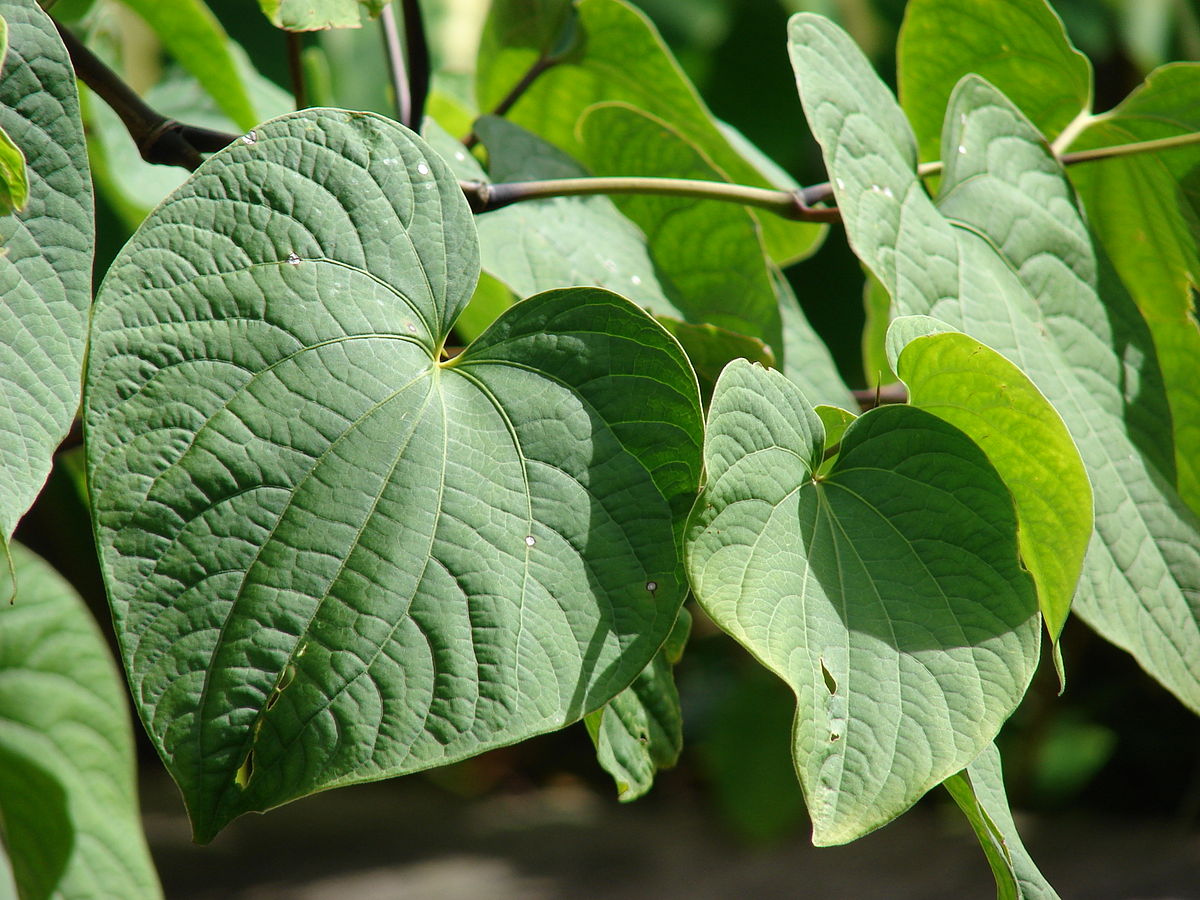Kava & Skullcap
According to the Anxiety and Depression Association of America, anxiety disorders affect nearly 40 million adults in the United States every year. That’s 18.1% of the population! (1.) There are many contributing factors that cause anxiety disorders such as life events, lifestyle, and genetics. Many herbs are used in the treatment of anxiety disorders and have been found in clinical studies to be as effective as prescription medications. (2.) There are many herbs that can be used alternatively for anxiety disorders. Two of my favorite nervine and antispasmodic herbs to use are kava and skullcap.
 Out of all the anxiolytic herbs, kava (Piper methysticum) is one of the most scientifically studied. It is one of the strongest natural remedies for anxiety disorders. Kava is found in the Pacific Islands and is a member of the Piperaceae, or pepper family. For thousands of years, kava was used for ceremonial purposes by Pacific Islanders. In modern times kava is used in the form of a thick sludgy drink called Sakau. Although not very enticing, sakau is the relaxing drink of choice for most Islanders.
Out of all the anxiolytic herbs, kava (Piper methysticum) is one of the most scientifically studied. It is one of the strongest natural remedies for anxiety disorders. Kava is found in the Pacific Islands and is a member of the Piperaceae, or pepper family. For thousands of years, kava was used for ceremonial purposes by Pacific Islanders. In modern times kava is used in the form of a thick sludgy drink called Sakau. Although not very enticing, sakau is the relaxing drink of choice for most Islanders.
Kavalactones are the active constituents in kava that are thought to give the plant its therapeutic benefits. In a clinical trial, kava extract was found to be as effective as the pharmaceutical drugs Opipramol and Buspirone. Out of 129 patients suffering from Generalized Anxiety Disorder, 75% had a 50% reduction in symptoms and 60% achieved full remission. (3.) Aside from the ability to reduce anxiety and relax tense muscles, kava has neuroprotective properties and has been shown to reduce neuroinflammation in preliminary studies using mice (4.) According to Psychology today, kava is an effective and safe treatment of anxiety. (5.)
 Skullcap (Scutellaria lateriflora) is a flowering perennial native to North America that belongs to the Lamiaceae, or mint family. The plant is named after the flower’s resemblance to the helmets worn by European soldiers. In the 1700s skullcap earned it’s nickname mad-dog as it was frequently used as a treatment for rabies. Native Americans have used this herb for centuries as an anticonvulsant, premenstrual tonic, sedative, and nerve tonic. In modern times skullcap is used in herbalism for much of the same purposes.
Skullcap (Scutellaria lateriflora) is a flowering perennial native to North America that belongs to the Lamiaceae, or mint family. The plant is named after the flower’s resemblance to the helmets worn by European soldiers. In the 1700s skullcap earned it’s nickname mad-dog as it was frequently used as a treatment for rabies. Native Americans have used this herb for centuries as an anticonvulsant, premenstrual tonic, sedative, and nerve tonic. In modern times skullcap is used in herbalism for much of the same purposes.
Skullcap contains several phenolic compounds and of those, the flavonoids are the primary constituents. (6.) Of the flavonoids, scutellarin has been shown to encourage the brain to produce endorphins. This promotes a feeling of happiness and general well-being. Clinical studies have shown the anxiolytic activities and effects in both animals and humans. One of the most impressive benefits of this herb is its significant antioxidant properties that help to protect the body from oxidative stress associated mental disorders. (7.)
Anxiolytic herbs are a great alternative option to commonly issued pharmaceuticals for the treatment of anxiety disorders. Although pharmaceuticals are effective, many are highly addictive and can potentially cause serious side effects. Alternative medicine is a great option for those looking to find relief. Aside from herbal medicine, massage therapy, acupuncture, aromatherapy, yoga, meditation, and fresh air are all great alternative options! Mental health disorders are a serious medical problem and should only be diagnosed by qualified doctors.
Skullcap is a featured herb in the Serenity Tea and Light’s Out Tea!
Chilling Out Tea
1 part Skullcap
1 part Damiana
1/4 part Hops
Fresh lemon zest (optional)
Combine all of the herbs and pour 1 cup of boiling water over 1-2 teaspoons of the herbal blend. Add the desired amount of lemon zest, steep 5 minutes, strain, and enjoy!
*Always consult with a qualified healthcare practitioner before using herbal products, particularly if you are pregnant, nursing, or on any medications. These statements are for educational purposes only and have not been evaluated by the Food and Drug Administration. This information is not intended to diagnose, treat, cure, or prevent any disease. Always consult a physician before starting new supplements.
References
Alramadhan, E., Hanna, M., Hanna, M., Goldstein, T., Avila, S., & S., B. (2019). Dietary and botanical anxiolytics. Retrieved from https://www.ncbi.nlm.nih.gov/pmc/articles/PMC3560823/
Boerner RJ, e. (2019). Kava-Kava extract LI 150 is as effective as Opipramol and Buspirone in Generalised Anxiety Disorder–an 8-week randomized, double-blind multi-centr… – PubMed – NCBI. Retrieved from https://www.ncbi.nlm.nih.gov/pubmed/12807341/
Facts & Statistics | Anxiety and Depression Association of America, ADAA.
(2019). Retrieved from https://adaa.org/about-adaa/press-room/facts-statistics
Fragoulis, A. (2019). Oral administration of methysticin improves cognitive deficits in a mouse model of Alzheimer’s disease. Retrieved from https://www.ncbi.nlm.nih.gov/pubmed/28448946
Kava Is an Effective and Safe Treatment of Anxiety. (2019). Retrieved from https://www.psychologytoday.com/us/blog/integrative-mental-health-care/201703/kava-is-effective-and-safe-treatment-anxiety
Lohani M, e. (2019). Anti-oxidative and DNA protecting effects of flavonoids-rich Scutellaria lateriflora. – PubMed – NCBI. Retrieved from https://www.ncbi.nlm.nih.gov/pubmed/24354189
RJ, B. (2019). Kava kava in the treatment of generalized anxiety disorder, simple phobia and specific social phobia. – PubMed – NCBI. Retrieved from https://www.ncbi.nlm.nih.gov/pubmed/11746854
Skullcap Profile and Skullcap History and Cultural Significance. (2019). Retrieved from https://www.herbco.com/t-skullcap.aspx

